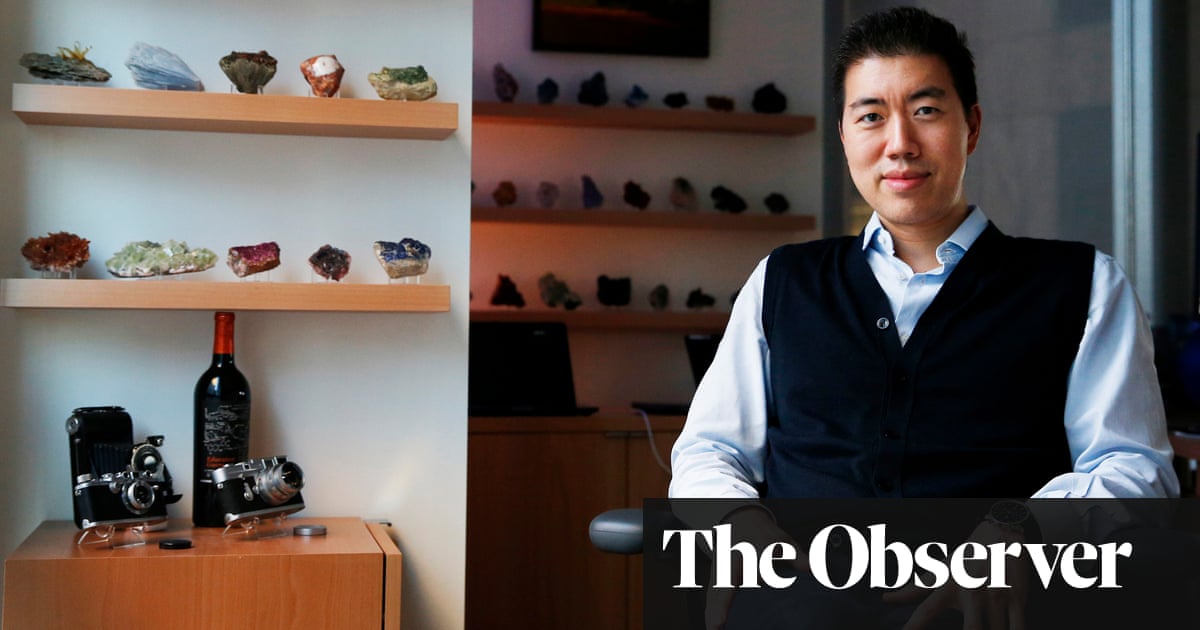A replica of the world-famous Orient Express made its debut journey from Rome on Friday, transporting well-heeled passengers into the heart of Tuscany’s wine region.
La Dolce Vita Orient Express, the first Italian-made luxury train, is aimed at reviving the glamour of the classic version as well as the romanticised notion of Italy’s dolce vita, or “sweet life”, all the while promoting slow tourism.
The train, the first of a fleet of six, is made up of 12 refurbished carriages that once chugged along Italian rail tracks in the 1960s and which have been decked out with 18 suites, 12 deluxe cabins, a bar, a lounge and a restaurant serving haute cuisine by the Michelin-starred chef Heinz Beck.
A collaboration between Orient Express; Arsenale, an Italian hospitality company; and Italy’s state railways, Ferrovie dello Stato, the maiden voyage, which involves an overnight route called “tastes of Tuscan vineyards”, left Rome’s Ostiense station at about midday.

Rather than having to mingle with longsuffering commuters, deal with any delays or make do with an espresso and a soggy sandwich from the station’s bar, passengers began their experience in the opulent Dolce Vita lounge, strategically located on the station platform from where their train departed.
The itinerary is one of eight that collectively cover 14 Italian regions, from Veneto and Liguria in the north to Basilicata and Sicily in the south. On Friday afternoon passengers travelled along the coast, passing the seaside towns of Santa Severa and Santa Marinella before gliding through the countryside of Tuscan, where by early evening they could sip locally made Brunello wine as part of the aperitivo. As an option, they could disembark and be taken to the hilltop town of Montalcino before returning to the Dolce Vita for their evening meal and entertainment. The train, which also passes through Florence and Pisa, completes its loop back to Rome on Saturday morning.

“You eat, you sleep, and you party on board,” said Paolo Barletta, who dreamed up the idea for an experience that combines slow tourism with Italy’s landscape and its diverse regional cuisine. “It’s kind of like the experience of a cruise ship, but instead of being a boat cruise it’s a rail cruise.”
The first trip sold out, with 38 passengers partaking. Trips are also fully booked for the rest of April and most of May, with itineraries involving Venice, Portofino, Matera, the Unesco-listed town in Basilicata known for its ancient cave dwellings, and Sicily. On a trip scheduled in November, passengers can explore the Monferrato truffle region in Piedmont, while tasting said truffles and drinking barolo wine.
The vast majority of those who have booked so far are Americans, followed by Europeans and visitors from the Middle East. Needless to say, a voyage on the Dolce Vita does not come cheap, with prices starting at €3,500 (£2,982).

By comparison, a one-way trip from Rome to Pisa, on a standard Italian fast train will cost about €45 (£38), even cheaper if you book early. For those wanting to replicate the Dolce Vita feeling, the onboard bar sells half-bottles of prosecco for €12 (£10).
Barletta said the Dolce Vita experience is not just the preserve of the super-rich. “A lot of people are booking for the one-time experience,” he said. “Perhaps they are retired and want to spend some of their retirement savings doing something special, or it is an anniversary or they are celebrating a wedding. It’s not only about experiencing the train … people really want to see Italy, and in a slow, relaxed way. The Dolce Vita won’t just take them to famous places like Venice, but also areas that are less well-known, for example Abruzzo.”

 15 hours ago
4
15 hours ago
4













































